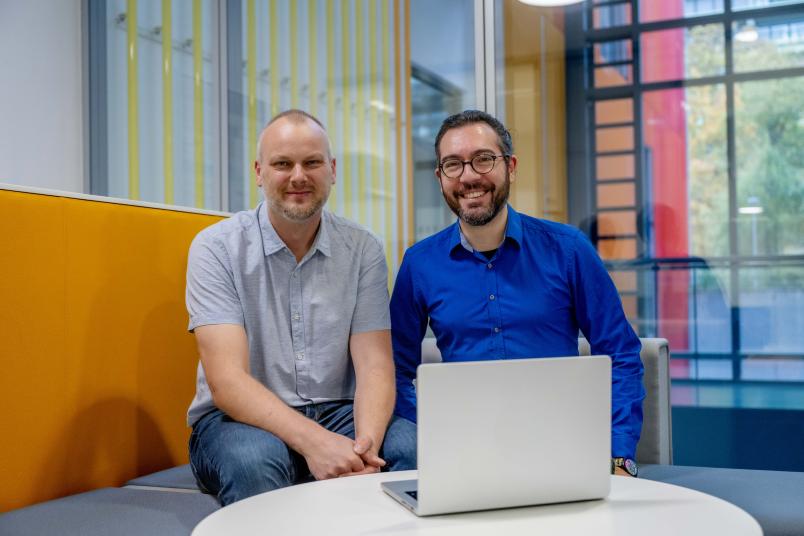
Chemistry
Breaking bad barriers through a molecular vacuum cleaner
The molecular journey of triglycerides sealing the barrier of the tuberculosis bacterium revolves around a two-protein team.
Tuberculosis is a severe infectious disease that claims about 1.3 million lives annually world-wide. This dismal toll is caused by the notorious pathogen Mycobacteria tuberculosis, whose bitter success depends on its formidable cellular double barrier offering at the same time protection from the host defence system, and a terrain mediating host-pathogen interactions during infection. Understanding how to weaken this barrier by detecting how its molecular components organize and shuffle is the subject of the research. Through computer simulations, and in collaboration with the Institute for Medical Microbiology at University of Zurich, Professor Lars Schäfer and Dr. Dario De Vecchis from the Centre for Theoretical Chemistry at Ruhr University Bochum, Germany, described the molecular journey of one critical component of this barrier: triglyceride. The team of researchers describe their results in the journal Nature Communications from October 13, 2023.
A molecular vacuum cleaner
Triglycerides are the form in which fat energy is stored in our tissue. “Mycobacteria also accumulate triglycerides,” explains Lars Schäfer. “But in addition to store energy, these molecules are also a key component that contributes to seal their cellular barrier.” This high-energy molecule needs to be transported from inside the bacterial cell (the cytoplasmic space) through the membrane, to be ultimately deposited in the mycobacterial barrier. Until now, the precise details of this molecular journey were not known. “By teaming up with structural biologists Professor Markus Seeger and Dr. Sille Remm at Zurich, we used computer simulations to reveal how triglycerides are hunted from the transmembrane protein RV1410 that, akin to a vacuum cleaner, extracts them from the bacterial membrane via lateral portals in the protein structure.”
The relay race of the Trojan horse
But how are the triglycerides ultimately transported from the membrane and deposited to the barrier? Here comes the second intermediate actor LprG, a periplasmic protein which is anchored to the membrane and browses its surface chasing for triglycerides. LprG has a water-repellent (hydrophobic) pocket that once paired with RV1410 creates a greasy tunnel where the “baton” triglyceride is handed off in a relay race to ultimately reach the barrier. “We simulated the RV1410-LprG system embedded in a realistic mycobacterial membrane and describe this triglyceride-relay-race in atomistic detail,” says Dario De Vecchis. “One could think about the mycobacterial membrane as the Troy battlefield, were the scientists are trying to conquer the pathogen's ramparts by exploiting the RV1410-LprG system as the Trojan horse,” portrays Dario De Vecchis. Revealing the molecular pathway of triglycerides could open new strategies to target the RV1410-LprG system, weaken the mycobacterial barrier, enhance antimicrobial permeability, and ultimately lead to more effective therapies against tuberculosis.